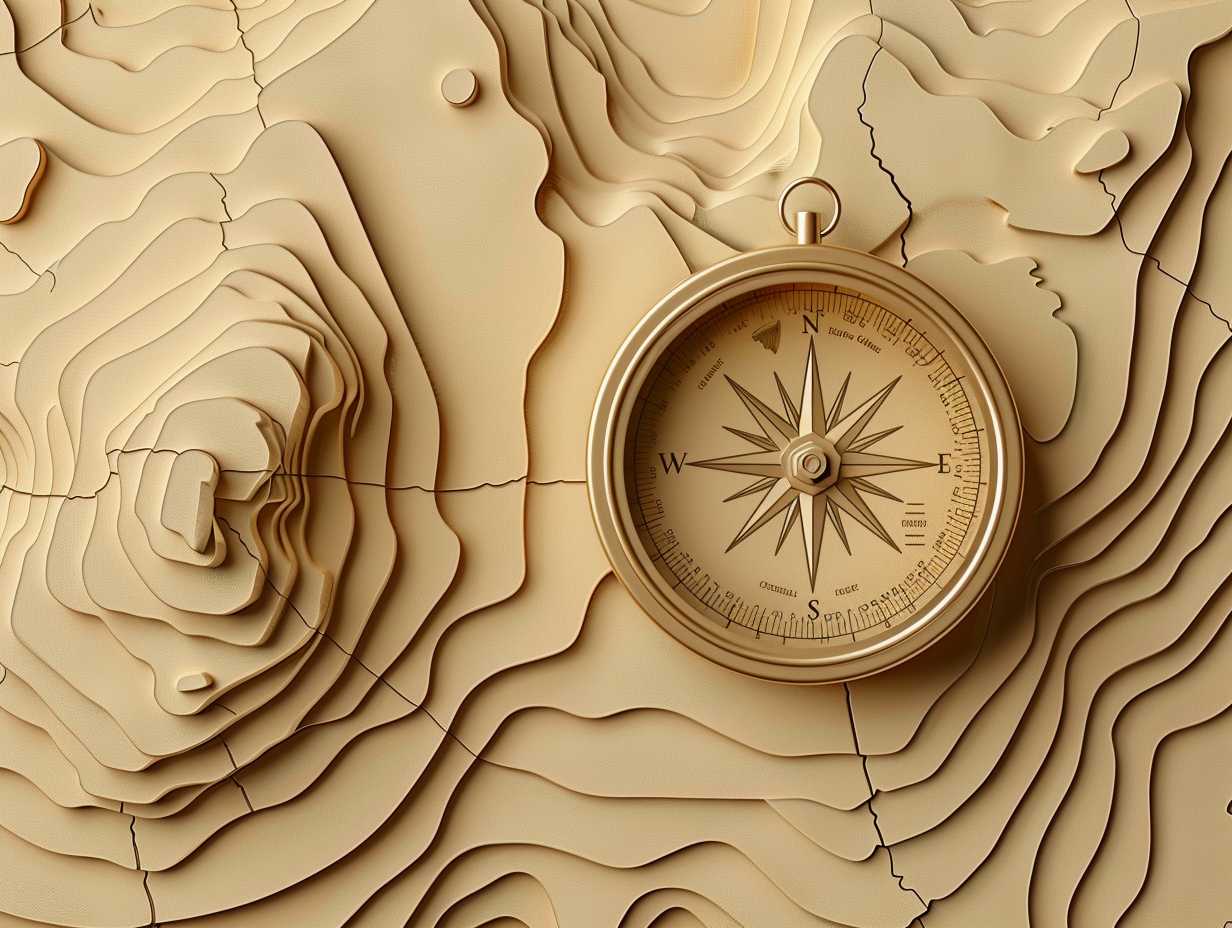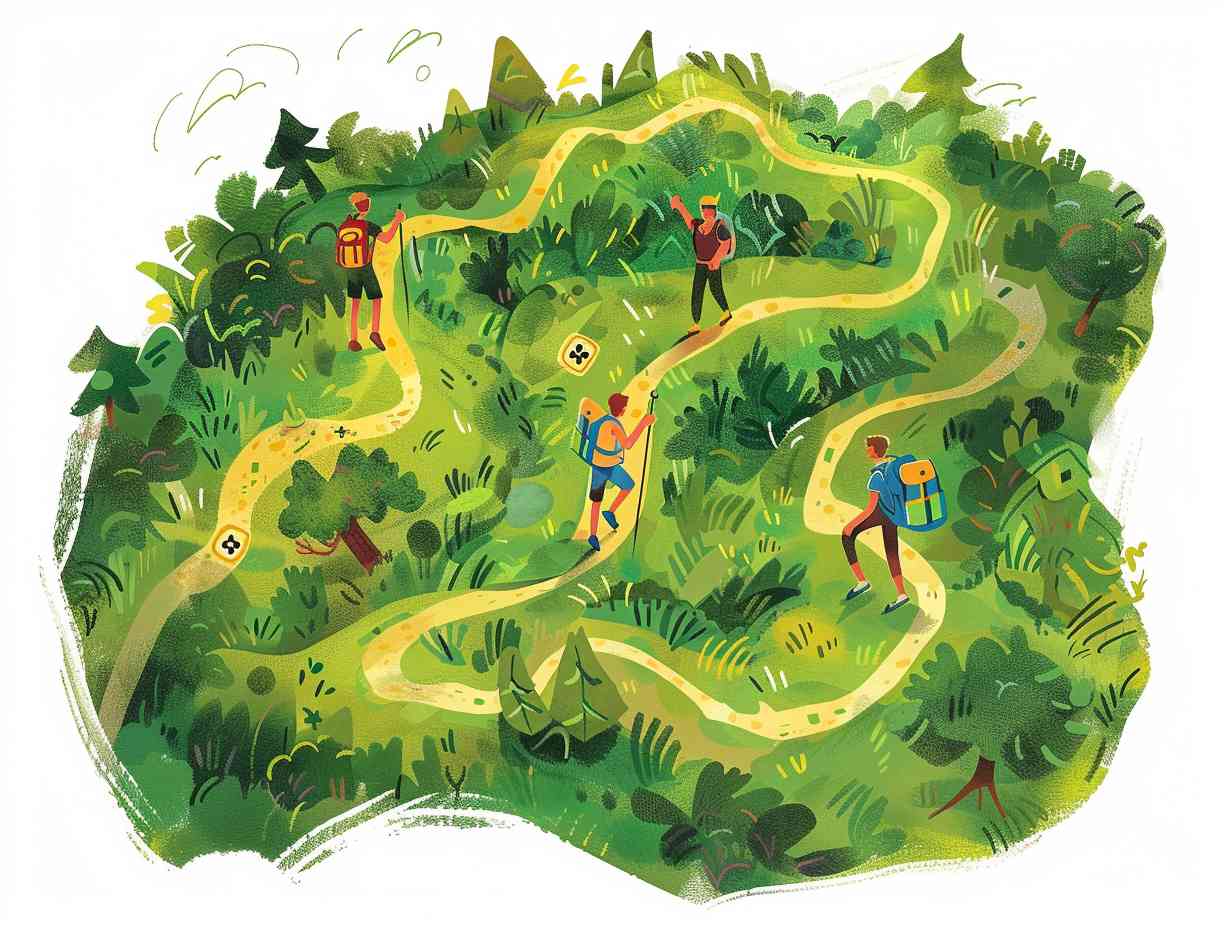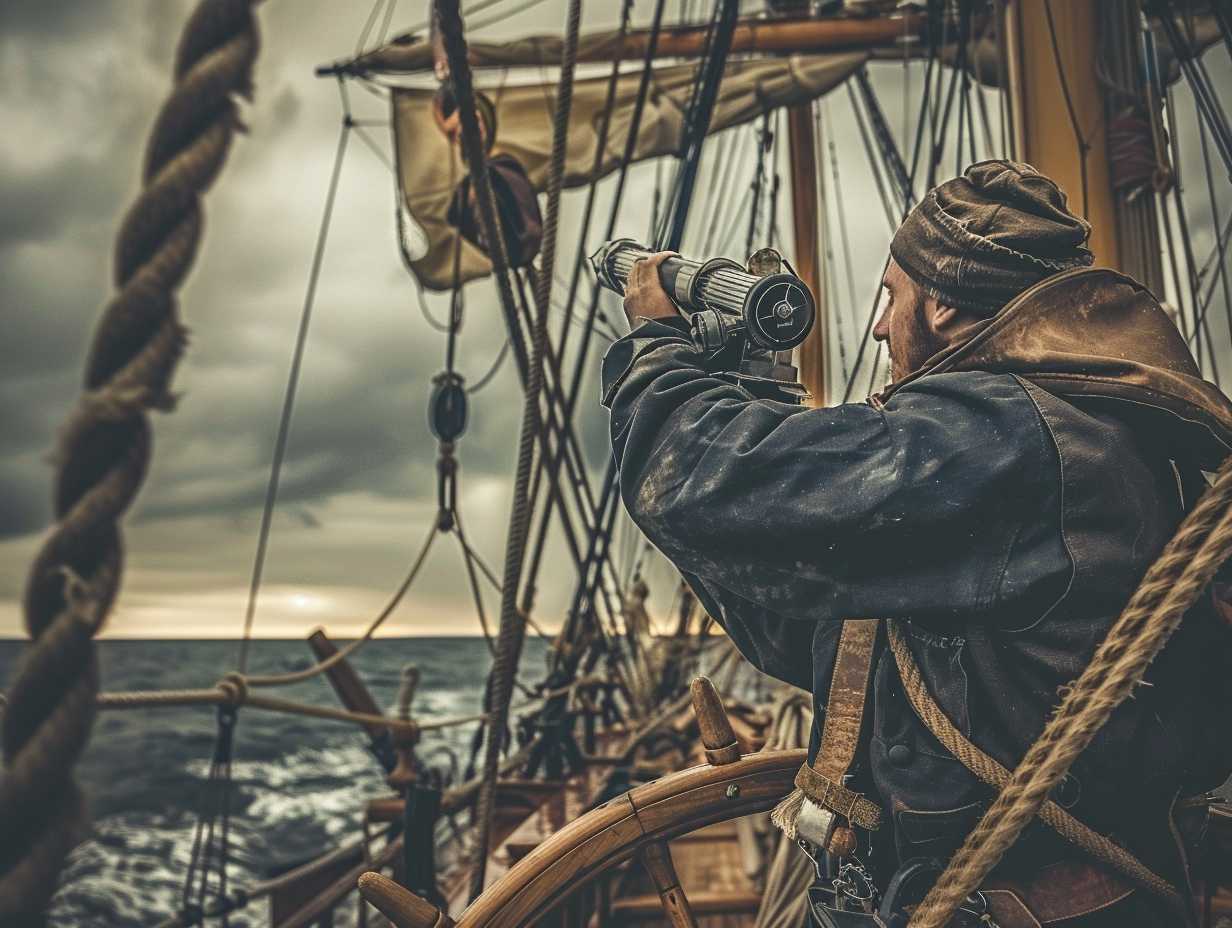
Navigation Tools and Techniques

When setting out on a journey, traversing through unfamiliar territories can be a challenging task without the right tools and techniques. From the reliable compass to the advanced GPS devices, each method offers its unique advantages in guiding you along the way. But, what happens when these tools fail or when you need to rely on your instincts alone? Exploring the art of wayfinding opens doors to a world where ancient wisdom meets cutting-edge technology, promising a deeper understanding of the world around you.
Key Takeaways
- GPS devices enhance accuracy and efficiency in navigation with real-time tracking.
- Traditional methods like celestial navigation and magnetic compasses were used for direction determination.
- Smartphone apps with GPS technology provide turn-by-turn directions and offline maps.
- Topographic maps offer detailed terrain and elevation information for outdoor activities.
- Navigation tools like maps, compasses, and GPS devices are essential for informed decision-making and safe travel.
Importance of Navigation Tools
Understanding the crucial role of navigation tools is essential for efficient travel and exploration. In your journey, tools like GPS devices, compasses, and maps serve as your guiding light, ensuring you reach your destination accurately and safely.
Without these tools, you might find yourself lost or wasting precious time trying to navigate unfamiliar terrain. By utilizing navigation tools, you can plan your routes effectively, avoid getting lost in unknown areas, and maximize your time exploring new places.
These tools provide you with valuable information about your surroundings, helping you make informed decisions about the best routes to take. Embrace the power of navigation tools, and let them be your trusted companions on your adventures.
Traditional Navigation Methods
When exploring the art of navigation, delving into traditional methods offers a glimpse into the ingenuity of past seafarers and explorers. Techniques like celestial navigation, using the stars and planets to determine direction, were essential before modern technology.
The magnetic compass, invented in ancient China, guided sailors by pointing north. Logbooks helped track speed and distance traveled. Dead reckoning involved estimating current position based on known starting point and direction traveled. Understanding prevailing winds and currents also played an important role.
Modern GPS Devices

Modern sailors rely heavily on advanced GPS devices for precise navigation across the seas, enhancing accuracy and efficiency compared to traditional methods. These modern GPS devices utilize signals from satellites to pinpoint your exact location on the globe, allowing you to plot courses with incredible accuracy.
With features like real-time tracking, waypoint marking, and route planning, modern GPS devices provide sailors with the tools they need to navigate safely and effectively. Many devices also offer additional functionalities such as weather updates, automatic rerouting, and integration with other onboard systems.
The convenience and reliability of modern GPS technology have revolutionized maritime navigation, making it easier for sailors to reach their destinations with confidence and precision.
Smartphone Navigation Apps
Utilizing smartphone navigation apps enhances your navigational capabilities by providing a convenient and portable tool for precise location tracking and route planning. These apps utilize GPS technology in your smartphone to give you real-time updates on your location, offer turn-by-turn directions, and even suggest alternative routes based on traffic conditions.
With features like voice-guided navigation, offline maps, and points of interest, smartphone navigation apps like Google Maps, Waze, and Apple Maps make it easy for you to navigate unfamiliar areas confidently. Additionally, these apps often provide information on nearby restaurants, gas stations, and attractions, enhancing your overall travel experience.
Whether you’re driving, walking, or cycling, smartphone navigation apps are invaluable tools for getting you to your destination efficiently.
Topographic Maps

Enhance your understanding of terrain and elevation with topographic maps, valuable tools that provide detailed information for navigation and outdoor activities. These maps use contour lines to represent the shape and elevation of the land, helping you visualize the terrain in a 2D format. Here is a quick comparison between topographic maps and other types of maps:
| Map Type | Features | Use Cases |
|---|---|---|
| Topographic Maps | Terrain, elevation, contour lines | Hiking, mountaineering, backcountry navigation |
| Road Maps | Highways, roads, cities | Urban navigation, road trips |
| Nautical Charts | Water depths, currents, coastal features | Boating, sailing, marine navigation |
Compass Navigation Basics
Begin your exploration journey by mastering the basics of using a compass for direction-finding in the wilderness. A compass has a magnetized needle that always points to magnetic north.
To use it, hold the compass flat in your hand, parallel to the ground. Rotate yourself and the compass together until the needle aligns with the orienting arrow. The direction of travel arrow on the compass now points to magnetic north.
Keep in mind that magnetic north may differ from true north based on your location, so adjust for declination if needed. Practice taking bearings from landmarks and moving between points to improve your compass skills before venturing into unknown territories.
Orienteering Techniques

To navigate effectively through unfamiliar terrain, mastering orienteering techniques is essential. Orienteering involves using a map and compass to find your way, making it a valuable skill for hikers, campers, and outdoor enthusiasts.
When orienteering, start by orienting your map to match the landscape using your compass. Then, identify prominent features such as hills, rivers, or trails to pinpoint your location. By using handrails like streams or ridges and catching features like distinct trees or boulders along your route, you can stay on track.
Remember to pace count to estimate distances traveled and always have a backup plan in case you encounter unexpected obstacles. With practice, orienteering can become a reliable navigation tool in the great outdoors.
Celestial Navigation
Mastering orienteering techniques can lay a fundamental foundation for understanding celestial navigation. When delving into celestial navigation, you rely on the sun, moon, stars, and planets to determine your position. By measuring the angles between these celestial bodies and the horizon, you can pinpoint where you’re on Earth.
Polaris, the North Star, is especially helpful for navigators in the Northern Hemisphere due to its fixed position relative to the Earth’s axis. Understanding how to interpret celestial charts and tables is essential for accurate navigation. Keep in mind that celestial navigation requires clear skies and knowledge of the time to be effective.
Practice identifying celestial bodies and honing your angle-measuring skills to master this ancient yet valuable navigation technique.
Dead Reckoning Methods

Navigators rely on dead reckoning methods to estimate their current position by calculating their previous position and factoring in their speed, direction, and time traveled. When utilizing dead reckoning, keep the following key points in mind:
-
Initial Position: Start by determining your precise starting location.
-
Speed and Direction: Maintain an accurate measure of your vessel’s speed and the direction in which you’re traveling.
-
Time Traveled: Keep track of the time elapsed since your initial position to calculate how far you have moved.
-
Regular Updates: Continuously update your position based on your calculated movements to refine your estimated location.
Frequently Asked Questions
Can Navigation Tools Work Without Access to Satellites or Technology?
Yes, you can navigate without access to satellites or technology. By using traditional methods like reading the stars, observing natural landmarks, and relying on compasses, you can still find your way in the wilderness.
How Do Pilots Navigate Without Relying Solely on GPS Devices?
In the vast sky, pilots rely on celestial cues like stars, moon, and sun, drawing inspiration from ancient navigators. Embrace these timeless methods alongside modern technology for a harmonious and reliable journey.
Are There Any Navigation Tools Specifically Designed for Wilderness Survival?
When venturing into the wilderness, having specialized navigation tools can be essential for survival. These tools, uniquely crafted for wilderness scenarios, offer features like durable construction, reliable compasses, and detailed topographic maps to guide you effectively.
What Are Some Common Mistakes to Avoid When Using Smartphone Navigation Apps?
When using smartphone navigation apps, avoid solely depending on GPS signals, make sure your phone is charged, download maps offline, double-check directions, and be cautious of data usage. Stay aware of surroundings for safety.
Can Navigation Tools Be Affected by Electromagnetic Interference or Solar Flares?
Yes, navigation tools can be affected by electromagnetic interference or solar flares. Make sure to stay updated on potential disruptions and consider alternate methods if needed. It’s important to be aware of these factors.
Conclusion
So, as you wrap up your journey, remember that navigation tools and techniques are your trusty allies in the vast world of exploration. They provide a gentle nudge in the right direction, guiding you through unknown paths with ease and precision.
Embrace these tools as your companions, and let them lead you towards new horizons and exciting discoveries. Safe travels, adventurer.
Disclaimer: Some information is provided through AI. Users should always conduct their own research and consult with qualified professionals before making any decisions.Affiliate information declaration: We may earn revenue from the products referred on this page and participate in affiliate programs.


